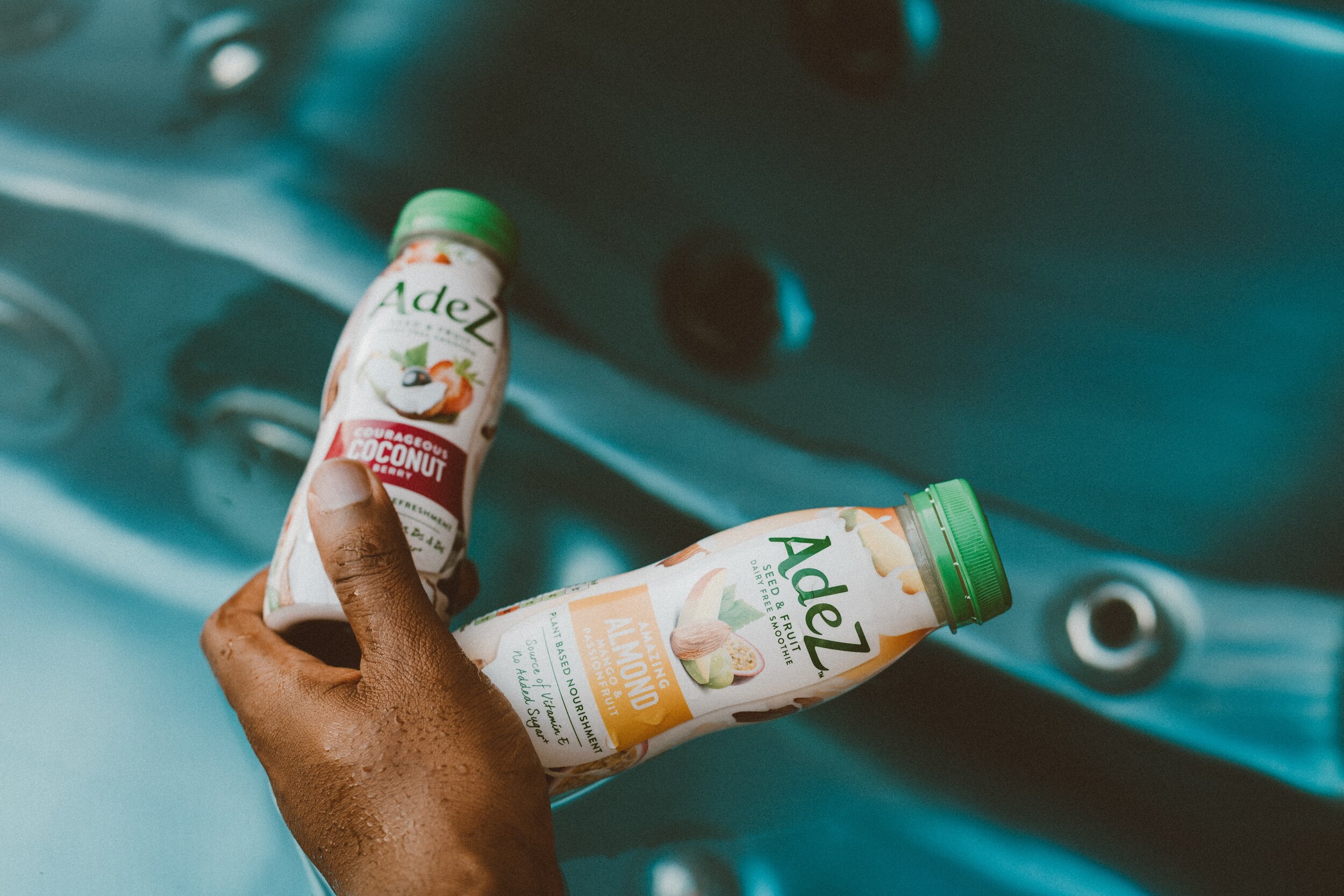Packaging To Protect Your Product From The Elements
Though we’ve all been told at some point not to “judge a book by its cover,” many consumers still gauge the quality of a product based entirely on the outside label. Perhaps it’s shallow, and in some cases misleading, nevertheless, product appearance is undoubtedly a driving factor in consumer purchasing decisions.
Knowing this, brands have no choice but to ensure that their labels look good all the way from the initial designing table to the store shelves where it will compete for consumers' dollars.
Herein lies the monstrous problem that all brands must face: While you can spend significant time designing a label with an attractive, compelling, and high-quality look, you simply can’t predict or control what happens during the delivery and shelf life.
Fortunately, that doesn’t mean your product needs to fall victim to the world of elements capable of destroying it.
With the durable and protective nature of shrink sleeve solutions, you and your team can be confident that your product will make it to the shelves looking just as clean and fresh as it did during production.
Protecting From Peeling, Scratches, and Smudges
There’s one specific reason why shrink sleeves are more durable than traditional labels: the ink used on shrink sleeves is printed “inside out,” which means that the label itself functions as a protective coating over the printing.
This unique feature allows for the protection of any information, design, logo, or images that might be included on your label. No peeling. No scratches. No dirt or water damage.
Protecting From The Effects of Light
Some products, like dairy, pharmaceuticals, CBD and cannabis, and some industrial chemicals, are sensitive to light exposure. Extended or extreme exposure could damage or even ruin the product within. Trying to protect against this light damage can be a headache.
Many brands turn to opaque or tinted bottles as a solution. This can be problematic from a financial and recycling standpoint.
Shrink sleeves can be an even better solution as they can include light-blocking film to protect contents from the effects of light, drastically improving shelf life. Brands can still purchase more sustainable and affordable clear containers.
Protecting From Wet Conditions
Between coolers, beach trips, pool days, or even damp refrigerators, many products must be prepared for contact with moisture.
Shrink sleeves have a major advantage over traditional paper labels. Paper isn’t water resistant. Plastic, on the other hand, does great under wet conditions.
While this feature should be utilized by all products, those competing in the beer, beverage, or dairy industry should absolutely consider shrink sleeves for this reason. These products are often tossed into a cooler or freezer with ice. If a consumer pulls out a product with a water-deteriorated label, it could leave a negative impression.
Start Protecting Your Product Today
It’s a big bad world out there for the average product.
Between manufacturing, transportation, and shelf life, your product is going to need the best protection possible so that by the time it makes it in front of your consumers, it looks just as fresh and clean as it did at the beginning.
If your team is ready to take advantage of shrink sleeves’ protective nature, our team would be happy to walk you through that process:
Step 1. Schedule a packaging consultation with one of our packaging experts. We’ll walk you through different shrink sleeve solutions and tailor the best options for your products.
Step 2. We’ll send you complimentary samples to test.
Step 3. We’ll provide you with a quote.
Schedule your complimentary consultation by filling out our contact form, emailing us at info@tangopackaging.com, or calling (844) 33-TANGO [82646].




